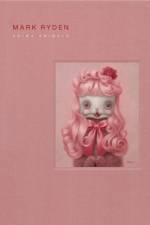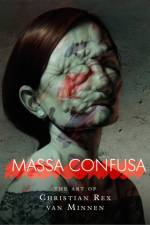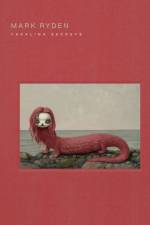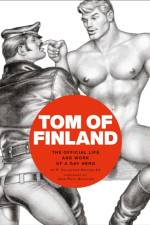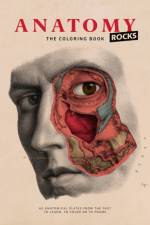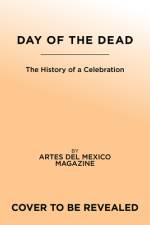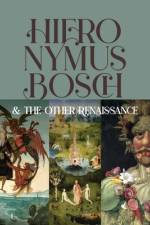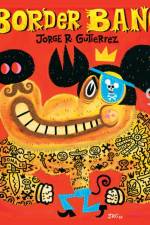av Bernard Aikema
969,-
A marvelous art book that reveals the unknown face of the Renaissance and the craze for monsters Hieronymous Bosch is known throughout the world as a painter of monstrous creatures and fantastic scenes that seem the output of dreamlike visions. His fame did not begin in the Netherlands, where the artist was born, but in 16th-century southern Europe, which was artistically dominated by themes and styles typical of Renaissance classicism, very far from those of the Flemish painter. This book, in addition to presenting Bosch, aims to illustrate the success of his art in the high societies of Italy, Spain, and the Americas in the period between the 16th and early 17th centuries, with particular reference to the collecting trends of the time in these two countries, where the works of Bosch and his followers were in great demand (by the Spanish Habsburgs, the Grimani in Venice, etc.). These works, in turn, inspired a large number of painters, draftsmen, engravers, and other prominent artists, including his successor, the much-renowned Bruegel the Elder. The book thus sheds new and surprising light on a particular “Renaissance” that has always remained in the shadows compared to the classicism of Raphael, Titian, and Parmigianino, but which had actually a strong artistic and cultural impact in various parts of Europe, with often grotesque or “anticlassical” expressions such as the cycle of tapestries by Bosch at the Escorial, the paintings by masters such as Titian and El Greco, the works of engravers such as Giorgio Ghisi, and sculptors and decorators such as Bernardo Buontalenti, and finally, the culture of the Wunderkammer.

